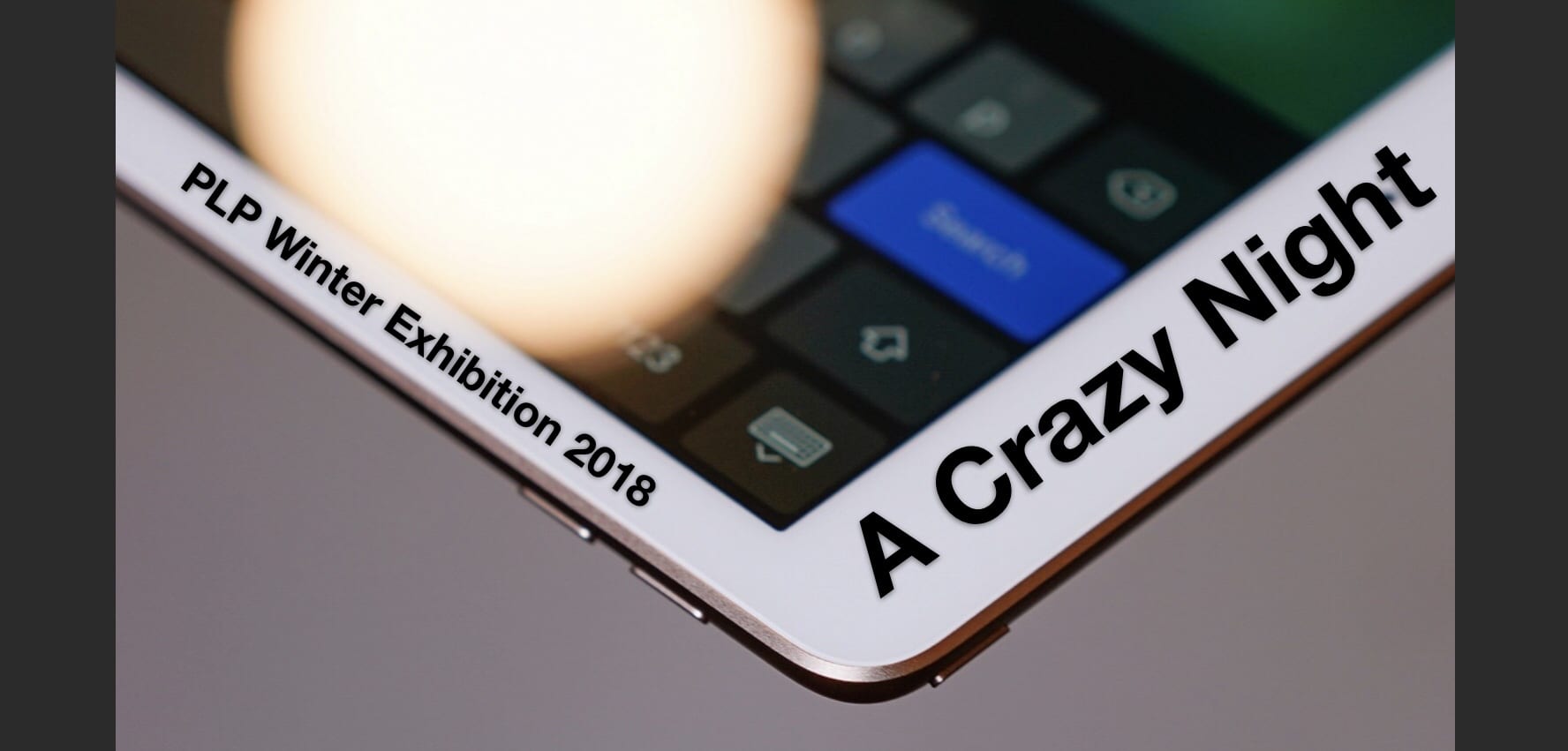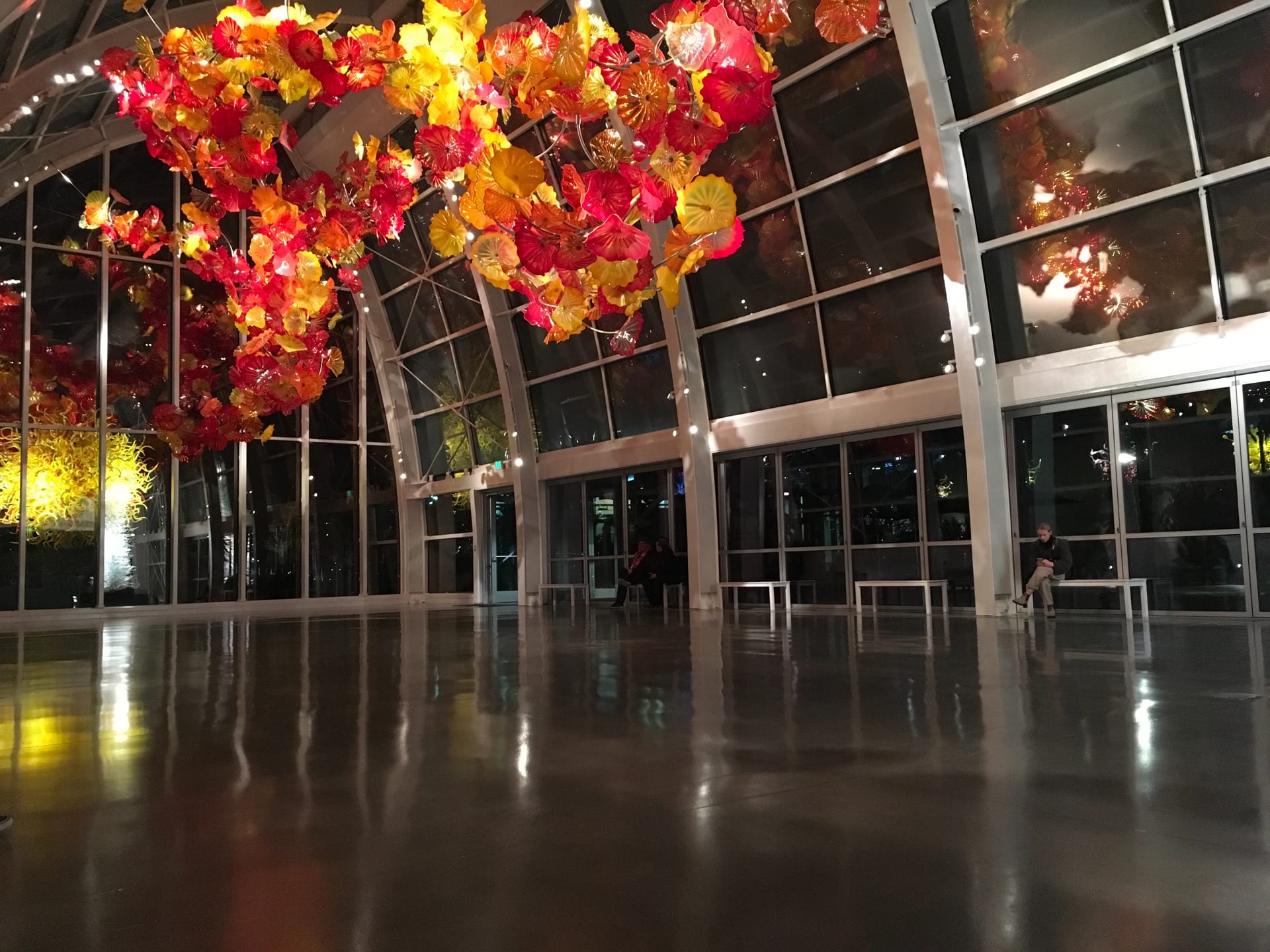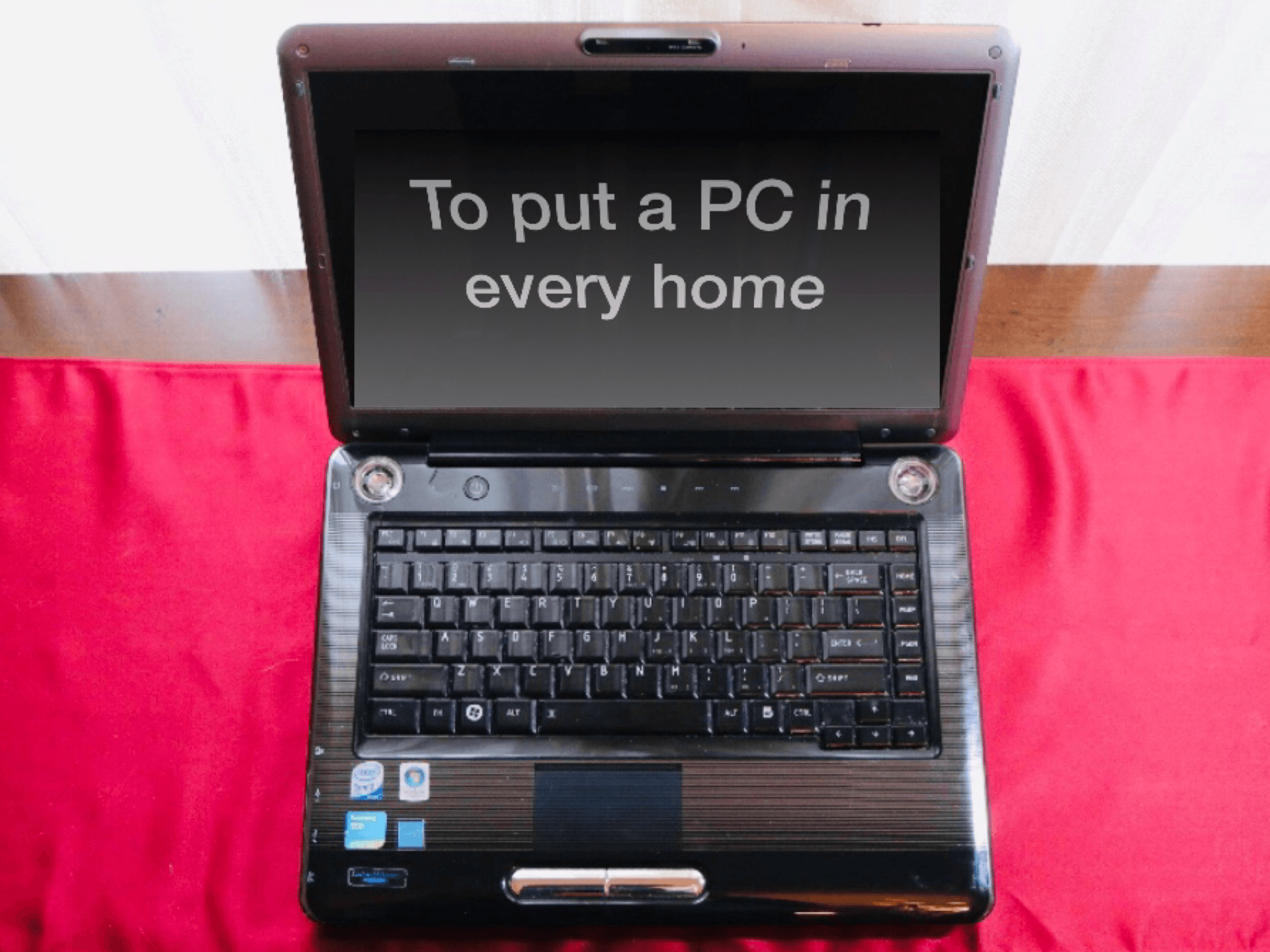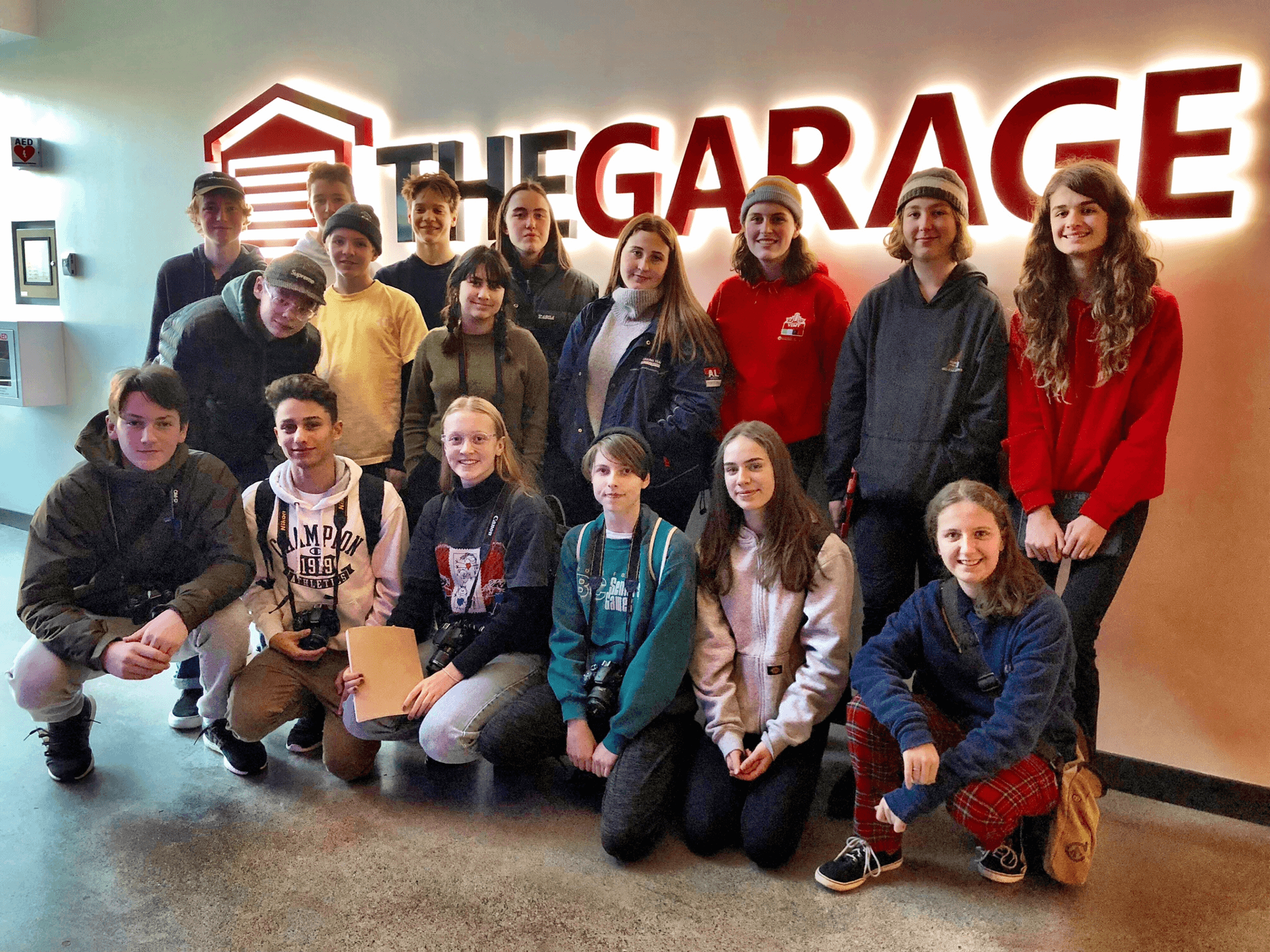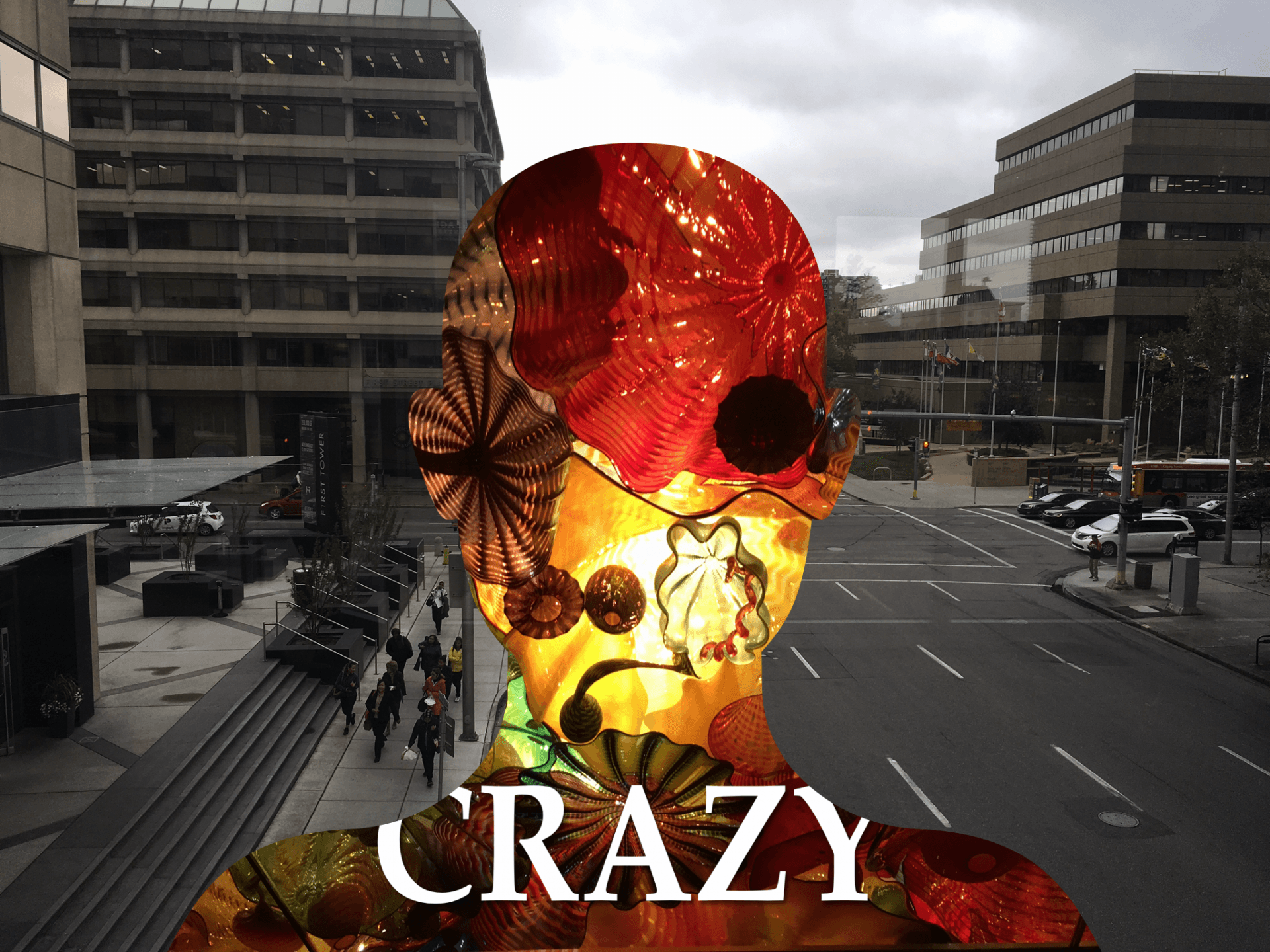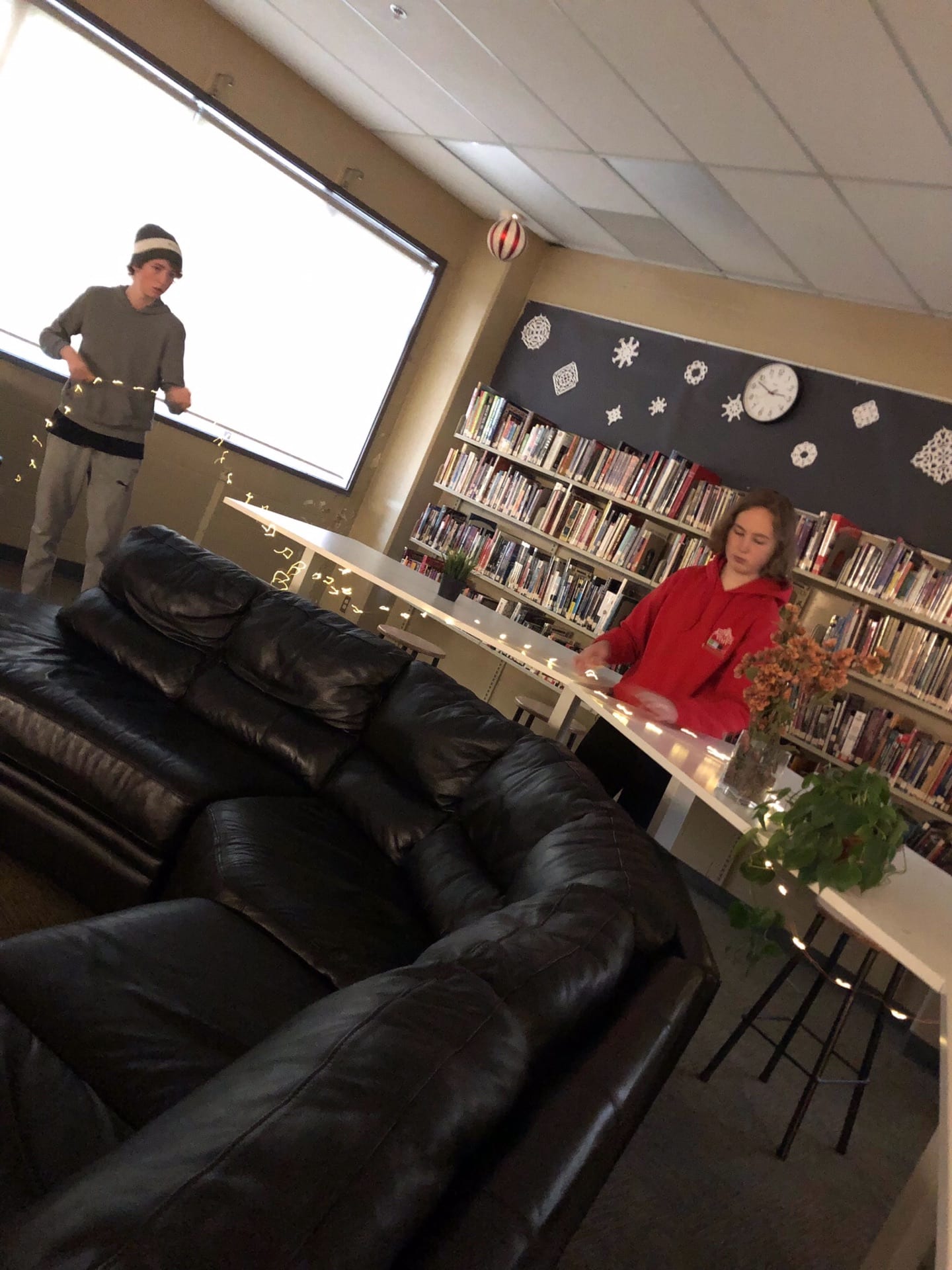On December 20, 2018, I stood in the back of my school library. What was a normal classroom space mere hours ago had now been transformed into something that resembled a lavish New York style café. The room was bustling with parents, students, and teachers; everyone was dressed in their best attire. The energy among us was the highest it had been all year, which made sense as it was the night of our annual PLP Winter Exhibtion. Each year, students are given the chance on this date to show their best work and creativity through personalized projects. It had been the same deal since grade eight, and I felt like I was really going to have the hang of it this year. This was however, before the Grade 10s were told that we would be doing something completely different, something that had never been done before in PLP.
For our exhibition project, we would be creating a 20 slide Pecha Kucha style presentation in one week, and not only present it to a room full of strangers, but do so without notes. When the teachers pitched this to the class less than two weeks before the exhibition, I thought they had to be crazy, because only if we were crazy ourselves would we ever do something like this. Yet, when the night came, it turned out I was crazy after all. For when my name was called, I stepped out in front of the massive crowd, with nothing with me but a smile on my face. And then I began to speak:
So what happened in those two weeks that changed my mind? How were we able to pull this insane task off? And most importantly, is being crazy enough to try something like this really a bad thing? Today, let me tell you the story of 2018’s PLP Winter Exhibition.
Preface
Although the format as to how we would be presenting during our exhibition was unknown in the beginning, we developed an idea early on of what we would be presenting about. Since the start of November, our class had been laser-focused on a fascinating unit revolving around the question:
Why does it take a crazy person to change a world?
It may seem like an odd thing to ask, and believe me, it seemed that way to me too when we first began the unit. I knew it definitely took someone different to make a change, but crazy? That seemed like a stretch. We started off with pondering the question in a typical PLP fashion, and then watching some videos (such as the original Think Different commercial from Apple) and completing some readings. Once we had done a few of these, we were given the first project of the unit which was our mini Pecha Kucha Presentations.
The First Pecha Kucha
Pecha Kucha is a form of public speaking that utilizes fast moving imagery with minimal wording to keep audiences more engaged (see here). It was the perfect exercise for our class as we hadn’t had much prior public speaking experience. I personally also tend to present over the time requirements, which had been fine up until this point, but that isn’t an option with a Pecha Kucha. I had only 20 slides with 20 seconds for each one to get my point across, and this proved to be a challenge for me.
An example of the Pecha Kucha Format
My project centred around jazz legend Miles Davis, specifically how his out of the box ideas and playing styles lead to his success. I chose him from the list of people of Apple’s 1997 think different campaign, people that my teachers considered to be crazy. At the beginning of this assignment, I was not on board with this idea. A jazz musician is typically professional and conventional, not crazy. This had been my opinion for many years, but it started to change when I began researching Miles. He was eccentric, creative, ambitious, and pretty much acted the opposite of professional his entire career. This still wasn’t enough to convince me he was crazy, but I started to see what the teachers were getting at. Click here to read my full post on my first Pecha Kucha.
My First Pecha Kucha Slide Deck
The Synthesis Essay
Of course after one assignment we were not ready to dive into the exhibition, so we were given another task soon after the first one, something that would focus on our writing skills. Similar to our Book Trailer Project, we were given the task of writing a synthesis essay, except this one we would be completing out of class. Once again, the focus was on individuals who created change through their crazy ideas, but this time it was placed more on what elements they shared that made them all crazy and successful rather than their individual stories. The people I chose to write about were Pete Carroll (Seattle Seahawks Head Coach) Jeff Bezos (Amazon Founder) and Bill and Melinda Gates (Bill and Melinda Gates Foundation), who are all current leaders in their respective fields. From what I took away during out Pecha Kucha assignment, I was expecting these individuals to all have a trait that made them “crazy” and at the same time successful. What I wasn’t expecting however, was that they would all share the same trait, the same ability that sets them apart from the crowd. What is this trait?
It’s having an unshakable drive, and commitment to their vision
A drive that will push you forward no matter the hardships that come your way, a drive that will lead you to achieve your goals no matter the risk, consequences, or effort involved. I realized as I completed my essay that this is a trait that people do typically attribute to success, but don’t realize is also something that can make people seem insane. Just imagine what you would think of someone willing to give up everything for one vision, or goal. It is at this point that the teacher’s usage of the word crazy started to make sense to me. They don’t mean these people are truly insane, but rather have qualities that are perceived as such by society. If you want to know more about my thoughts on this, click the picture below to see my full essay.
Seattle
So craziness is an important element in success, but is it something that really leads to change in our world? We could read all the textbooks, news articles, and studies we wanted about this, but to get a real answer to this we would need to venture out into the world. More than any other unit we had done this year, our driving question was one that demanded real life exploration, so the teachers announced we would be taking a four day trip to Seattle, Washington. Home to companies such as Amazon, Starbucks, Microsoft, and more, this was the perfect place to explore the weird, the wacky, and the wonderful things that build a business. During this trip, we also had the assignment of creating a video that used a mix of interviews, location, and personal footage to show the hidden craziness living within the companies.
A Slide Deck of my Favourite Photos from the trip
Even during the earliest planning days, this video task presented a challenge to me. It was clear from the start that their would be a lot of curve balls thrown at us based on changes to the assignment along with the unpredictable nature of travel, and I am not someone who responds well to change. When I have an idea in my head, I want to stick with that idea no matter what comes up, and I realized I couldn’t really do this during this project. There were constant unexpected turns that this assignment took, and it was hard to manage. I do feel though, that now I have learned to become more flexible in my planning. I’ve learned that it’s okay if something changes, if you can’t control everything, you just do your best with what you have and look for new opportunities. This would end up being a lesson that proved crucial to me later in the unit.
News of the Exhibition
We came back from Seattle with a sigh of relief as our videos were nearing their completion phases. We had a good understanding of the question, some worldly knowledge, and three projects to prove our learning, so I was confident that the heavy lifting phase was over. This turned out not entirely to be the truth. At this point, the teachers felt that our knowledge was strong, but there was still something missing. We understood what they believed the question’s answer was, and we had a lot of real life proof to back this up, but we still didn’t know what we personally believed in. In order for us to truly complete the unit, we would have to answer why we as individuals believed it takes a crazy person to change the world, and around ten days before the exhibition, the Teacher’s announced how exactly we would be doing this. It was then we learned about our second Pecha Kucha assignment.
Preparation
Believe me, being given a task like this in the middle of school crunch time felt quite daunting. It seemed insane that we would have to write a quality speech, develop good, original images, and present this to a massive audience within a timespan of just over a week, but I was still ready to try. I started off by writing the first 3 slides of my 20 slide Pecha Kucha, and then using my notes to help me find pictures. A early barrier that came up around this time was a sense of needing to make everything perfect, which distracted me from the deadlines. I didn’t realize at the time that I had many days to revise and felt that every detail needed to be exact. This didn’t help the flow of my presentation, and it definitely didn’t get my work in on time. Remembering this in the future I feel can give me more personal time, more opportunities to reflect, and over all better products.
My First 3 Slides Draft
When I first heard about this project I assumed the most time consuming part would be the writing. While it did take a while, I didn’t consider how much effort would also need to be put into the photos. My first draft had good photos, even some great photos, but there were some that didn’t fit quite right. They took out of the atmosphere of what otherwise was a powerful speech, and I realized that in order to achieve the vision I had, I would need to spend a lot more time on the imagery. So I got to work creating some custom images for my project. Some of them were photos from Seattle:
and some of them were natural photos taken by my camera at home:

where others employed a lot of photoshop:
It took a lot of effort, but I eventually had my slide deck images ready (see below):
Another part of preparation was writing our scripts, or rather the loose phrasing that we would be using in our presentation. I found this part of the project hard to get started on, but once I knew where I was going it became easier. This part took probably the most time of all my project aspects, but when it was done, I was proud. At this point, my understanding was I would go up at the exhibition, read off my pseudo-script, and practice a few times beforehand. I was ready. And that was when they told us;
We wouldn’t have our scripts at the exhibition
I thought it was a joke. We were roughly three days away from the exhibition; there was no way we could prepare in time. But they weren’t joking; they believed it would be the best way for us to present authentically. We would finally be able to truly speak in the way Pecha Kucha was designed for, and show the world what we really thought. This would be an incredible achievement if we could pull it off, but this task seemed impossible. We are Grade 10’s, not professional public speakers. Going up in front of an audience of strangers without a script is, well, crazy…
But it was then that I realized something. PLP students ARE crazy. We take insane risks all the time, pushing forwards even when we know the chances of success are slim. We don’t let failure hold us back, and look to the unknown as an adventure. We are crazy, and that’s what makes us great. Keeping this in mind, I pushed forward with my project and practiced my script as many times as I could. I knew that anything could happen on the night of the exhibition, but I didn’t let that stop me, and neither did my classmates. We worked hard day in and day out for those three days, and on the night of the exhibition, each one of us proved that being crazy, is something that can lead to incredible things, and maybe even one day, change the world.
The Exhibition
The great thing about the exhibition this year was that even though our presentations took more work than other years, they were only around 7 minutes in length, leaving the rest of the night for us to set up and explore the other exhibits. The preparation started 2 days before with our class brainstorming our theme. We decided on a open mic night style room which we would call the Crazy Café, and this turned out to be a great choice. The set up required little original creations, and lended itself well to the open and relaxed feel of the back of the library. After I helped move tables and clean the room, my task for the night was to create slideshows to put on the back computers in the room. I decided to use pictures from Seattle for this, along with some images of the crazy people we studied.
Setting up for the big night
After my presentation, I got to explore the rest of the exhibition which is something We normally don’t get much time to do. It was fascinating to see all of the Grade 8’s projects as this was their first exhibition, and how their learning was both similar and different to ours during that year. The Grade 9’s also had unique exhibits as they implemented PLP’s first immersive experience rooms. Focusing on the topic of the bonding of elements, each of them had a different persona that represented a certain type of atom and would act accordingly to your choices in the room. The highlight of the night for me however was to see the Grade 11’s spectacular Carousel of Communism. Similar to the World War 2 room of the previous year’s Grade 12’s, this experience in Seycove’s gym brought guests into a world of the past, showing us what it was like during the communist scare of the 1950’s. Overall, this exhibition was one of my favourite so far.
Reflection
From the first drafts of our essays to our final Pecha Kucha presentations, this entire unit has been a learning experience for me. It was full of constant surprises, crazy ideas, and unique experiences, all of which I feel have lead to new skills and abilities. For one, I’ve learned how to create flexible plans. I now understand that life is full of unexpected changes, and that having a plan that can react to that is an extremely useful tool. I’ve also learned that sometimes, you have to dig a little deeper into something to truly understand it, as it was with our unit’s driving question. I feel the most important thing I’ve learned however, is that trying things that may seem crazy or impossible at first isn’t a bad thing. Just because you are scared or don’t know what the future may hold, doesn’t mean you shouldn’t do something. It’s being able to go with those crazy ideas, that allows people to do marvelous things, such as change the world.

